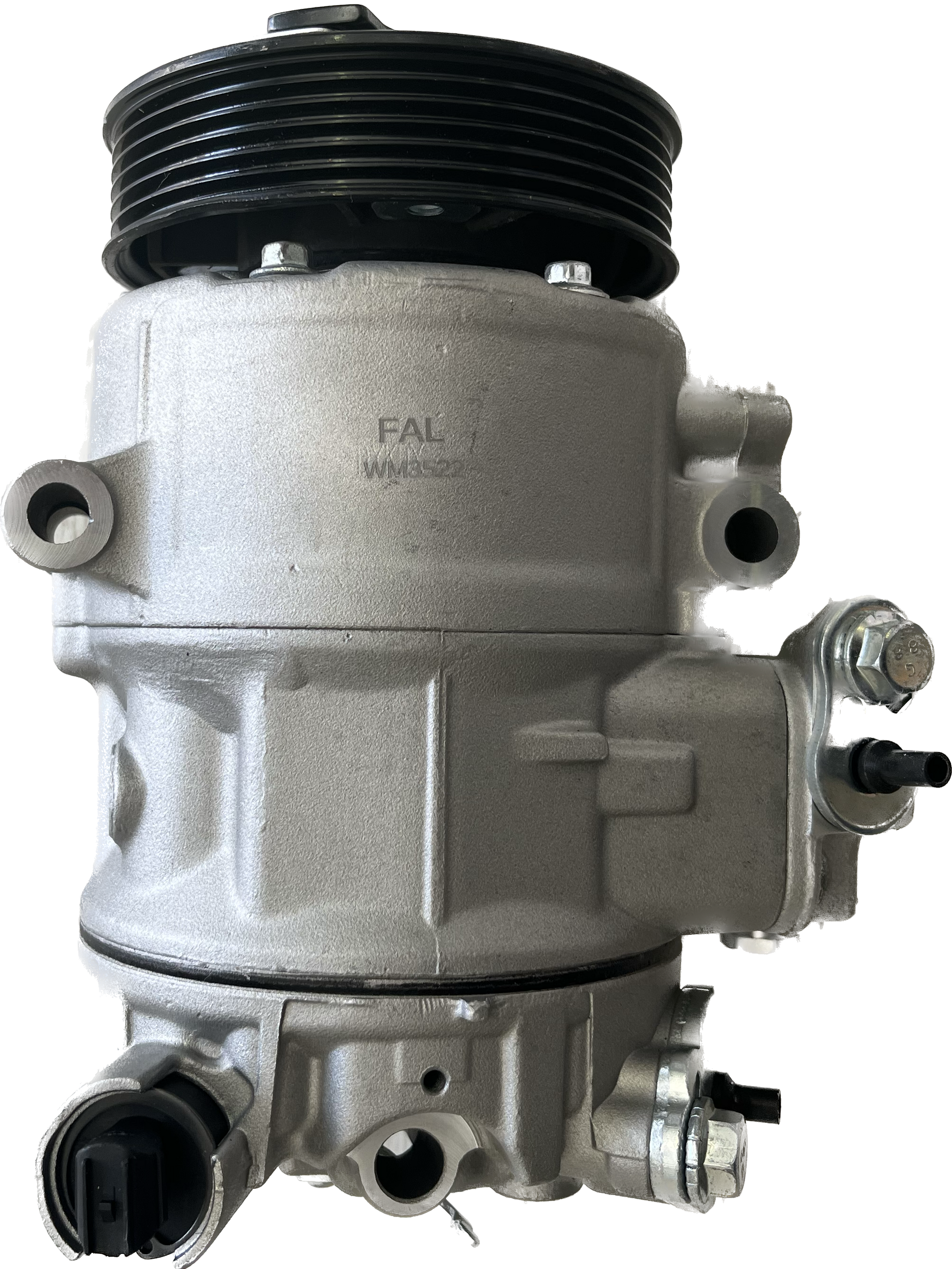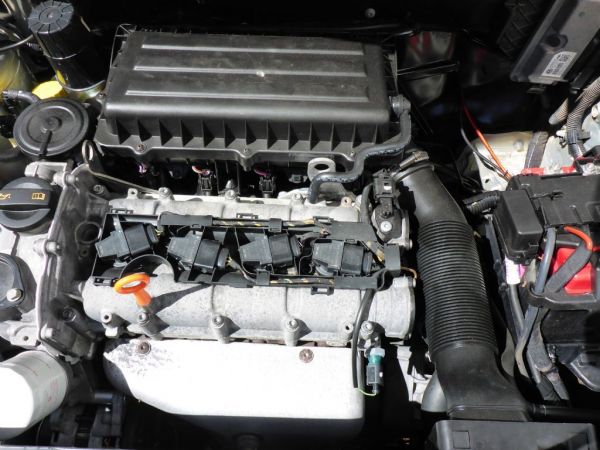Ensure peak efficiency with a properly functioning clp engine.
Just How a Clp Engine Can Enhance Efficiency in Numerous Industries
The introduction of CLP engines marks a substantial shift in operational efficiency throughout various industries, driven by their capability to enhance fuel consumption and lessen downtime. Industries such as production and logistics stand to gain considerably from their robust layout and regular power output, which promise to simplify procedures and enhance productivity. As organizations progressively prioritize sustainability alongside efficiency, the role of CLP engines becomes much more crucial. What stays to be seen is just how these improvements will certainly shape the future landscape of commercial operations and their influence on wider economic fads (clp engine).
Review of CLP Engines
CLP engines, or Continual Liquid Propellant engines, stand for a considerable development in propulsion innovation, especially for room applications. These engines use a constant feed system that enables the sustained expulsion of propellant, leading to boosted efficiency and performance compared to typical strong or hybrid propulsion systems. By preserving a constant flow of fluid propellant, CLP engines can achieve a lot more accurate drive control, which is vital for steering spacecraft in various mission scenarios.
The layout of CLP engines integrates advanced products and cutting-edge gas administration systems. clp engine. This results in decreased weight and boosted reliability, necessary elements for long-duration room objectives. The continual operation reduces the threat of combustion instability, an usual difficulty in standard rocket engines.

Benefits in Production
The production of Continuous Fluid Propellant (CLP) engines offers several remarkable benefits that enhance both performance and cost-effectiveness. One of the primary advantages is the streamlined manufacturing procedure, which decreases the complexity linked with traditional propulsion systems. By utilizing liquid propellant, manufacturers can achieve higher accuracy in engine efficiency, leading to maximized power result and decreased waste.
In addition, CLP engines facilitate a greater degree of modularity, allowing for much easier assimilation right into different production lines. This adaptability can significantly reduce lead times and improve general functional flexibility. Making use of CLP modern technology likewise often tends to lessen the demand for extensive maintenance as a result of fewer moving parts, which converts into reduced downtime and functional expenses.

Applications in Logistics
Leveraging Continual Liquid Propellant (CLP) engines in logistics uses significant benefits in operational effectiveness and dependability. These engines provide a robust option for various transportation requirements, allowing the seamless motion of products throughout huge distances. The fundamental layout of CLP engines enables for regular power result, which converts right into smoother and more foreseeable transport timetables.
One of the key applications of CLP engines in logistics remains in durable products transport, where they can drive both ground and airborne cars. Their capability to keep high performance under varying lots conditions ensures that delivery timelines are met, therefore enhancing customer contentment. Additionally, CLP engines can be incorporated into automated logistics systems, facilitating real-time monitoring and optimizing path preparation.
Additionally, the durability of CLP engines decreases maintenance downtime, allowing logistics companies to maximize their functional capacities. This is especially useful in go to the website warehousing operations, where performance in taking care of and transporting items is important. As logistics remains to advance, the assimilation of CLP engines represents a forward-thinking approach that not just improves performance however also supports the industry's expanding demands for dependability and rate.
Effect On Energy Performance
Just How do Continual Fluid Propellant (CLP) engines improve power effectiveness in transport? CLP engines make use of a constant flow of fluid gas, maximizing burning processes and preserving a stable thrust outcome. This style decreases energy losses associated with conventional burning engines, where fuel shipment can vary and bring about inefficiencies.
The constant procedure of CLP engines permits an extra reliable thermal cycle, leading to greater specific impulse contrasted to traditional engines. clp engine. This translates to minimized gas consumption for the very same amount of work done, significantly lowering functional costs across numerous transportation industries, consisting of aeronautics and maritime industries
Moreover, the capability of CLP engines to maintain optimal efficiency under varying lots problems lowers the requirement for frequent velocity and deceleration, even more boosting gas performance. Boosted energy performance not just adds to set you back savings yet additionally results in lower greenhouse gas emissions, lining up with read global sustainability goals.
Future Trends and Innovations
Emerging developments in Continuous Fluid Propellant (CLP) engine technology pledge to change the landscape of transportation effectiveness and sustainability. As industries pivot toward greener options, CLP engines stand at the center, integrating ingenious materials and design methodologies that boost performance while decreasing ecological effect.
One of the most appealing trends is the fostering of crossbreed systems that incorporate CLP engines with renewable resource resources. This synergy can maximize fuel consumption and lower discharges, straightening with worldwide sustainability goals. Innovations in computational fluid characteristics (CFD) are assisting in the layout of more aerodynamically reliable engines, leading to lowered drag and enhanced gas efficiency.
Moreover, the growth of smart monitoring systems is established to boost operational efficiencies. These systems leverage data analytics and IoT innovation to optimize engine efficiency in real-time, making sure that the engines operate within their most effective criteria.
As research remains to check out alternate propellant solutions-- such as biofuels and artificial fuels-- the future of CLP engines looks Find Out More encouraging. By taking advantage of these innovations, markets can not just boost their effectiveness yet also contribute substantially to a cleaner, extra sustainable future in transport.
Verdict
To conclude, CLP engines stand for a significant development in effectiveness across several markets. Their capability to optimize fuel usage and decrease operational expenses, combined with a continuous feed system, improves power outcome and functional reliability. The assimilation of sophisticated products and fewer relocating components decreases maintenance demands, while positioning with sustainability objectives placements CLP engines as a crucial technology for the future. Proceeded technology in this area promises more enhancements in efficiency and ecological efficiency.